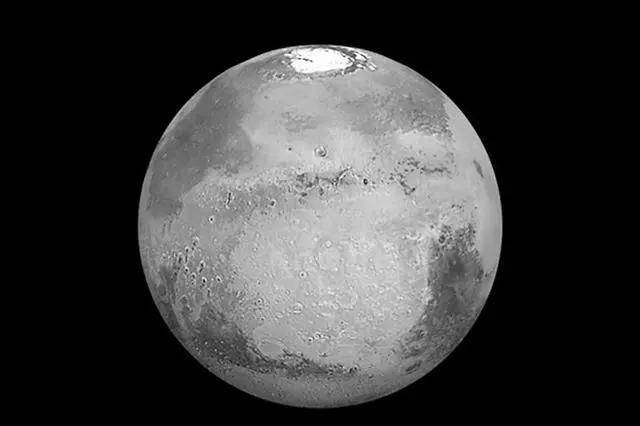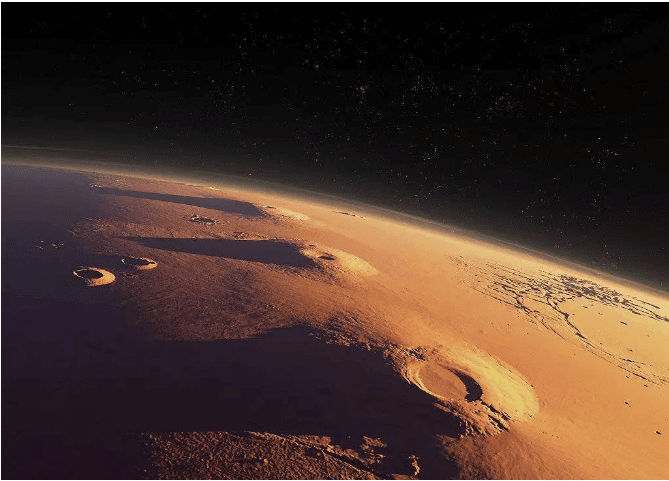
According to research from the Jet Propulsion Laboratory at the California Institute of Technology, 30 to 99 percent of the water on Mars is trapped in minerals in its crust. The research challenges the current theory that water on Mars escapes into space.
The team found that about 4 billion years ago, enough water existed on Mars to cover the entire planet to form oceans about 100 to 1,500 meters deep, which is half the size of the Atlantic Ocean. But a billion years later, the planet is as dry as it is today. Previously, scientists believed that water escaped into space. While it’s true that some water left Mars this way, it now appears that this escape doesn’t explain much of the water loss.
“How much water was there on Mars? Atmospheric escape doesn’t fully explain the data,” said Caltech lead author Eva Scheller.

The team studied the amount of Martian water in various forms over time, using meteorites and using data provided by Mars rovers and satellites, to analyze the current Martian atmosphere and crustal chemistry, particularly the ratio of deuterium to hydrogen.
Water is composed of hydrogen and oxygen, with the vast majority of hydrogen atoms having only one proton in the nucleus, while a small fraction (about 0.02%) is in the form of deuterium, the so-called “heavy hydrogen”. The lighter weight of hydrogen, also known as protons, escapes the planet’s gravity more easily and into space. Because of this, when water on a planet escapes through its upper atmosphere, it leaves a distinctive feature in that planet’s atmosphere: an excess of deuterium.
The study proposes that a combination of two mechanisms — uptake of water in minerals in the Martian crust and loss of water in the atmosphere — could explain the deuterium signal observed in the Martian atmosphere.
Water interacts with rocks and chemically weathers to form clays and other hydrous minerals, which have water in their mineral structures. This process can take place on Earth, and it can also happen on Mars. Due to the Earth’s tectonic activity, the old crust is continuously merging into the mantle and new crust is formed at the plate boundaries, and through volcanism, water and other molecules are recirculated into the atmosphere. However, Mars is largely inactive, so once surface “drying” occurs, it will be permanent.
“Mars missions over the past 10 years have shown the existence of a vast reservoir of ancient hydrated minerals on the planet, the formation of which must have reduced water availability over time.” Study co-author, Keck Space Institute planetary scientist Bethany Ehlmann said.



GIPHY App Key not set. Please check settings